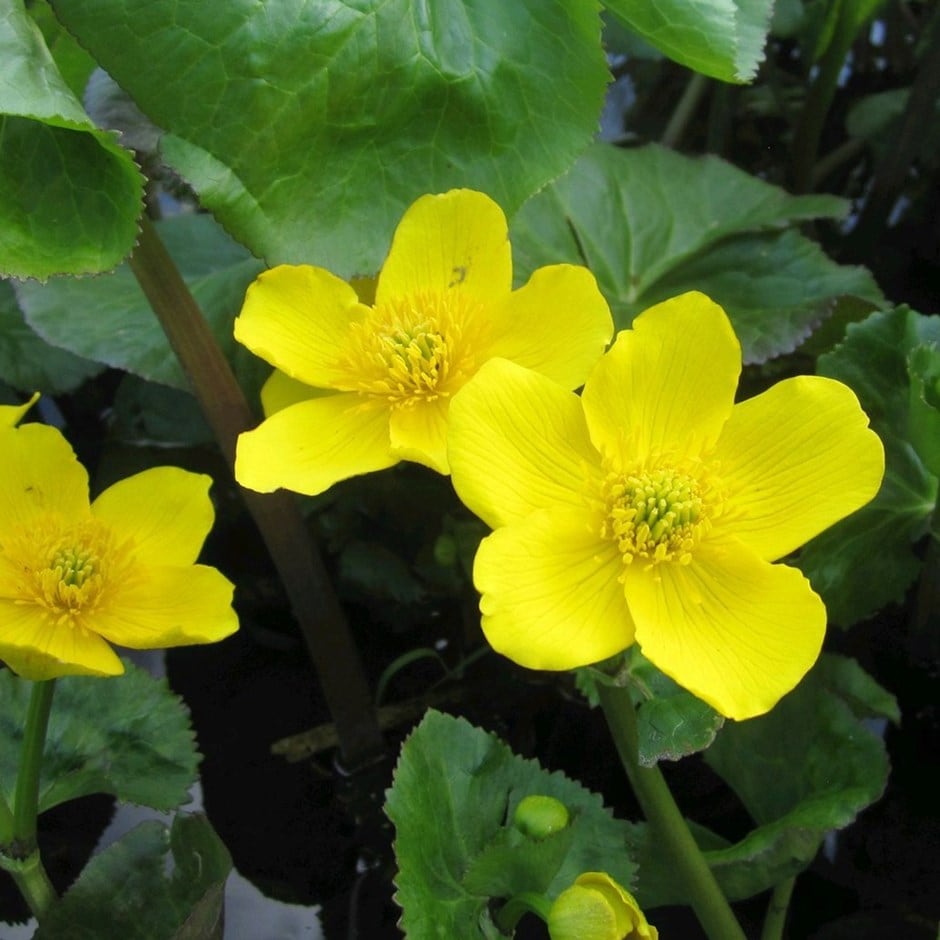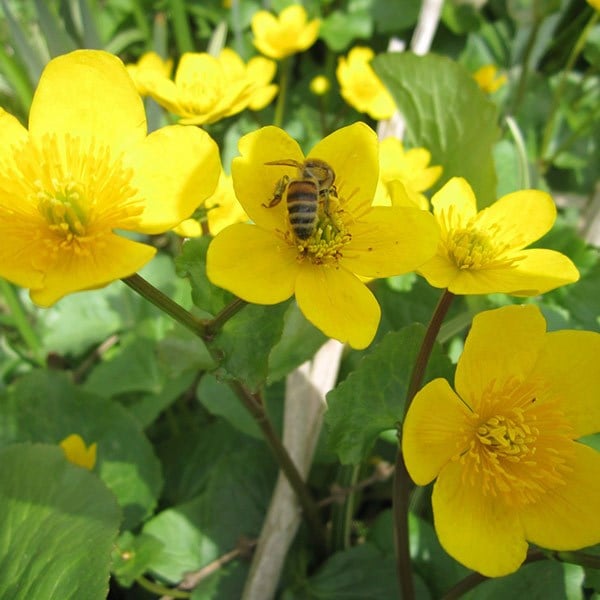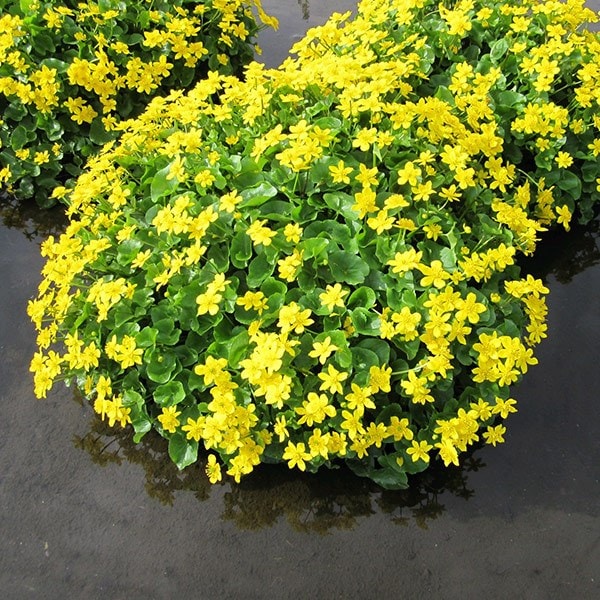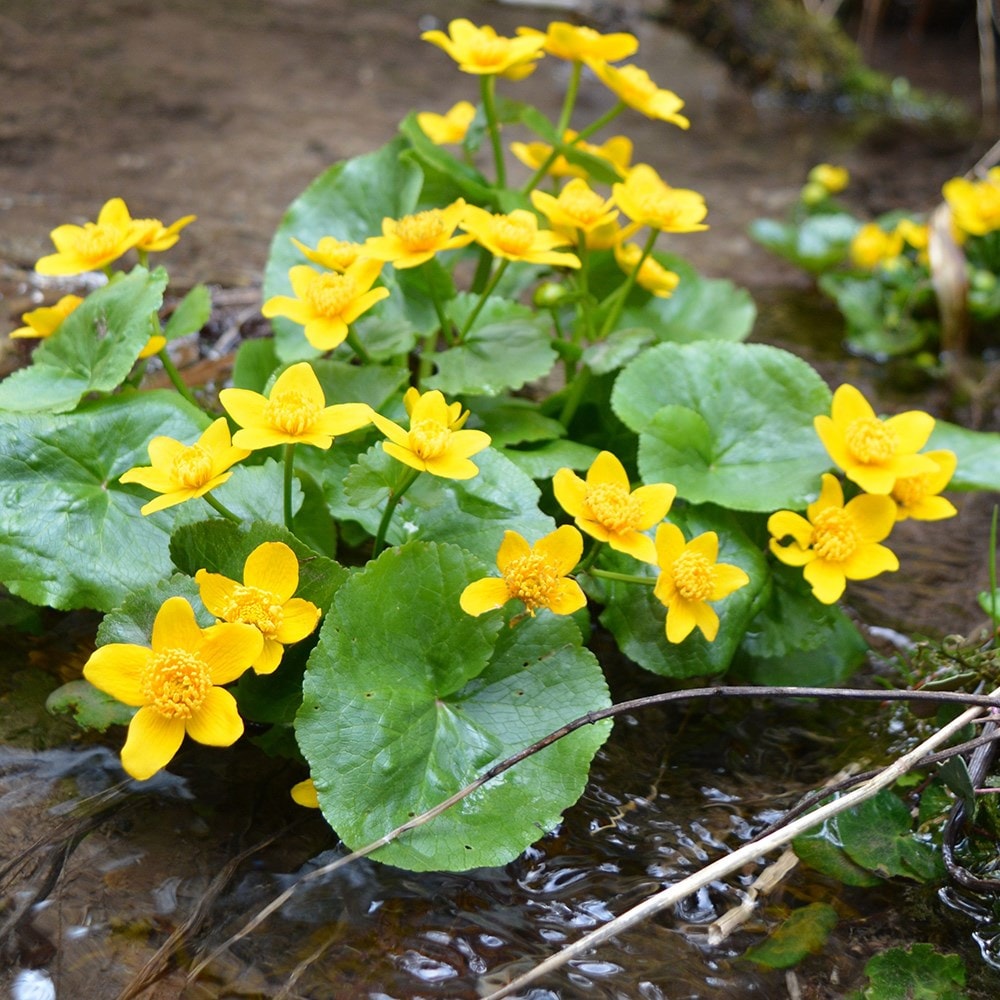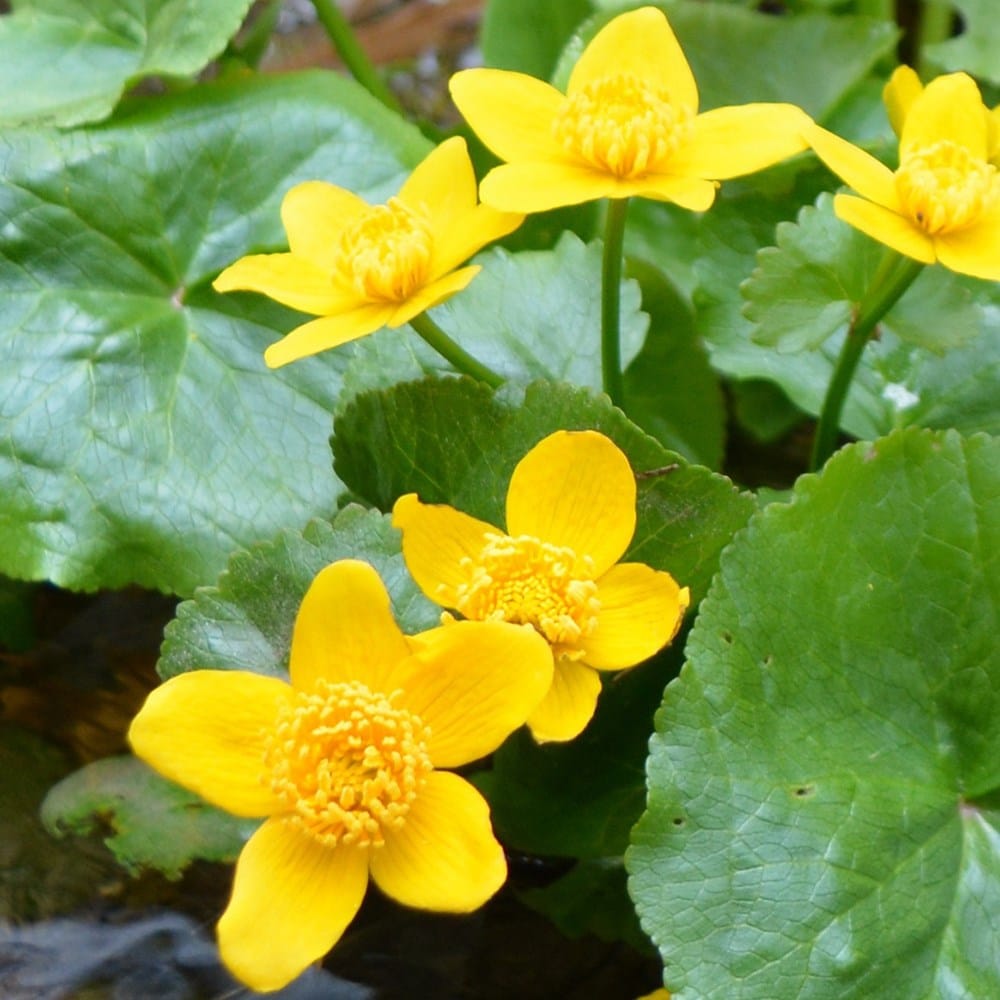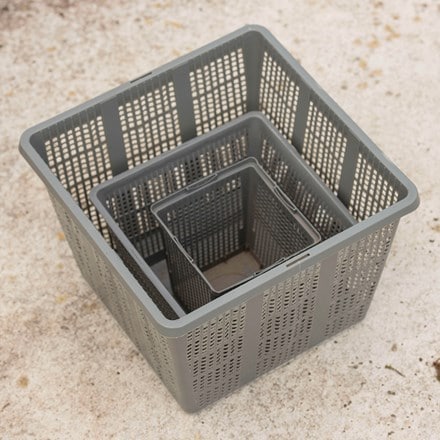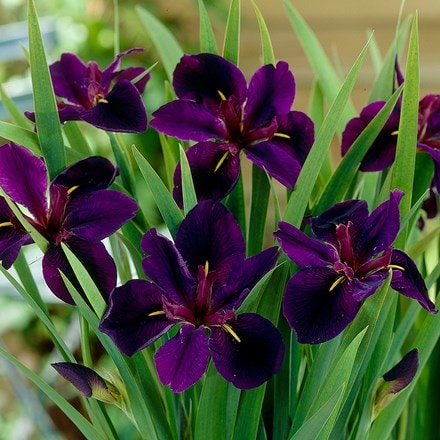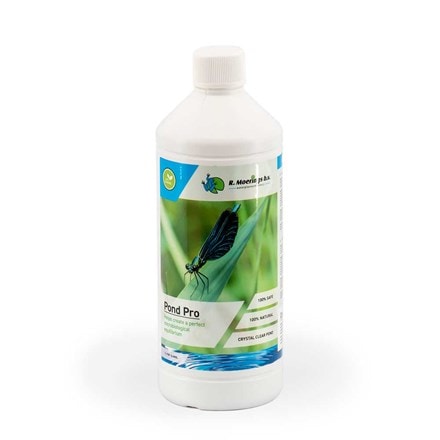Caltha palustris
marsh marigold
- 3 × 9cm pots
- £27.99 £9.33 each
- available to order from summer
- 1 litre aquatic pot
- £22.99
- available to order from summer
- 3 × 1 litre aquatic pots
- £39.99 £13.33 each
- available to order from summer
- 3 litre aquatic pot
- £34.99
- available to order from summer
- 5 litre aquatic pot
- £49.99
- available to order from summer
Delivery options
- Standard £5.99
- Position: full sun or partial shade
- Soil: reliably moist or boggy, or aquatic compost
- Depth of water: 0-5cm
- Rate of growth: average to fast
- Flowering period: April
- Hardiness: fully hardy
The kidney-shaped dark green leaves of this lovely marsh marigold are excellent for softening the edges of a pond. One of the first marginal plants into bloom, it produces a mass of waxy, yellow buttercup-like flowers in April.
Caltha palustris It is ideally suited to boggy conditions, and will cope with shallow water rise and fall normally seen in seasonal pond level changes.
Caltha palustris It is ideally suited to boggy conditions, and will cope with shallow water rise and fall normally seen in seasonal pond level changes.
Plant Caltha in consistently damp or boggy ground, ideally in humus-rich, neutral to slightly acidic soil at the edge of a pond or stream. It can also be grown in shallow water up to 10cm (4in) deep, using our aquatic basket option to help contain roots.
Choose a sunny or partially shaded spot. Water boggy situated plants well during dry spells, especially in the first year after planting. After flowering, cut back spent growth to encourage a possible second flush in autumn. Every few years, lift and divide overcrowded clumps in late spring to maintain vigour.
Choose a sunny or partially shaded spot. Water boggy situated plants well during dry spells, especially in the first year after planting. After flowering, cut back spent growth to encourage a possible second flush in autumn. Every few years, lift and divide overcrowded clumps in late spring to maintain vigour.
